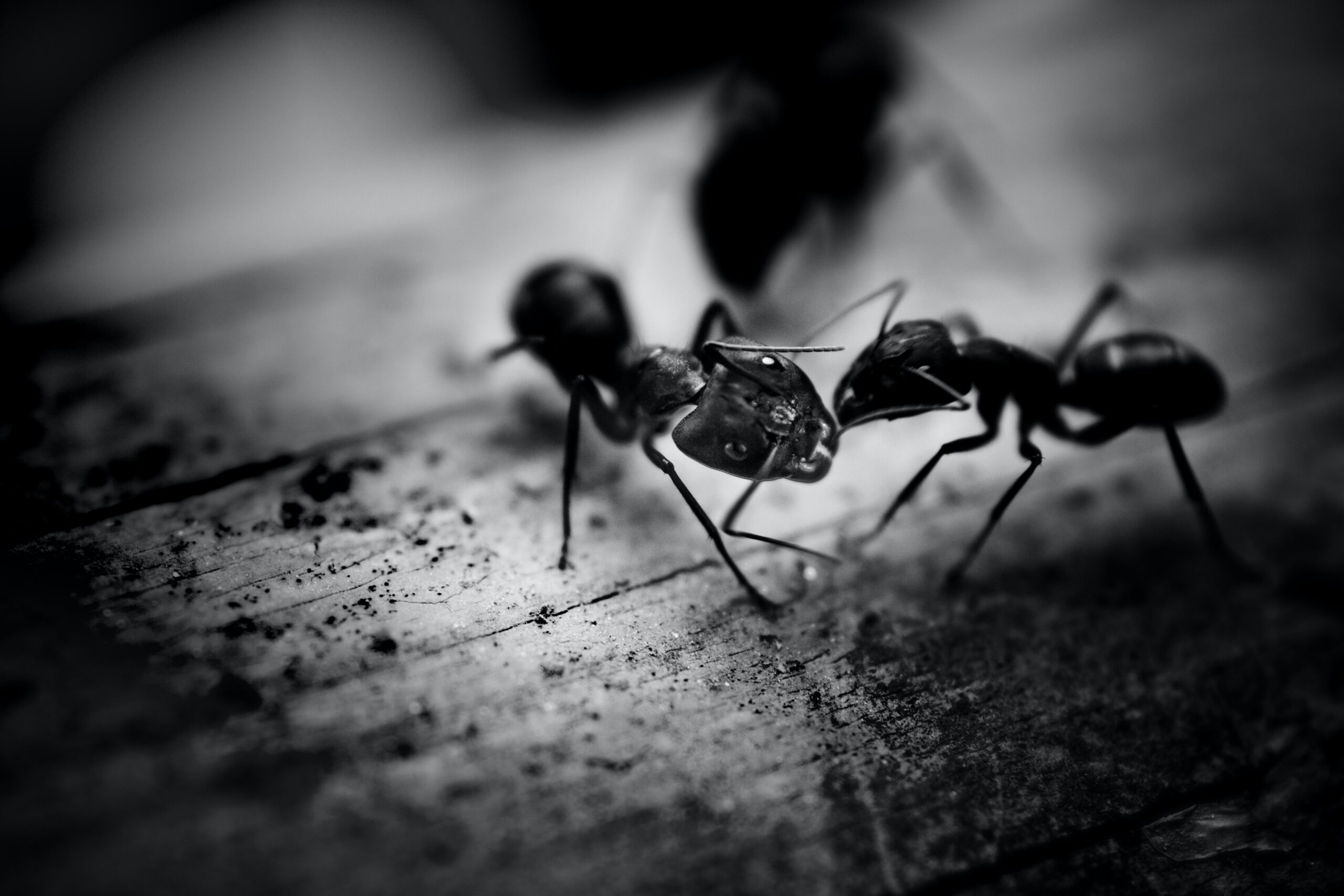
Unleashing the Secrets of Ant-Keeping Interior

Unleashing the Secrets of Ant-Keeping Interior

Ants are fascinating creatures that have been studied for centuries. With over 12,000 known species, ants have evolved to become some of the most successful social insects in the world. Part of what makes ants so successful is their incredible ability to communicate with each other. Ants use various methods of communication to work together as a colony and survive in their environment. In this blog post, we will explore the amazing ways ants communicate with each other.
Chemical communication is one of the primary ways that ants communicate with each other. Ants use chemicals called pheromones to send messages to other ants. These chemicals are released by ants and can be detected by other ants through their antennae. Pheromones are used to mark trails, identify nestmates, and even warn of danger.
Pheromones are essential to the survival of an ant colony. Some species of ants can release up to 20 different types of pheromones.
One example of pheromone communication is when ants leave trails to guide other ants to food sources. When an ant finds food, it will leave a trail of pheromones for other ants to follow. The strength of the pheromone trail indicates how recently the food was found. As more ants follow the trail, the concentration of the pheromone increases, which makes the trail stronger and easier to follow. This communication method allows ants to quickly locate and gather food, which is essential for the survival of the colony.
Tactile communication is another important method of communication for ants. Ants use their antennae to touch and feel other ants. This communication method is used to identify nestmates, distinguish between friend and foe, and share information about the environment.
Tactile communication is vital to ant colony organization. Ants have more than 400 sensory receptors in their antennae.
An example of tactile communication is when ants use their antennae to recognize nestmates. Each ant has a unique chemical signature that can be detected by other ants through their antennae. This allows ants to distinguish between nestmates and strangers, which is essential for maintaining colony cohesion. Tactile communication is also used when ants groom each other, which helps to remove dirt, debris, and parasites from their bodies. This behavior helps to maintain colony hygiene and prevent the spread of diseases.
While not often thought of as a communication method for ants, sound and vibration play a crucial role in ant communication. Ants use sound to communicate over long distances and coordinate their movements.
Auditory communication is an essential but often overlooked communication method for ants. Some species of ants can detect vibrations as low as 1 Hz.
One example of auditory communication is when ants use vibrations to communicate with each other over long distances. When ants move, they create vibrations that can be detected by other ants. Ants use these vibrations to communicate their location and direction to other ants. This allows ants to coordinate their movements and work together to complete tasks. For example, when a group of ants is carrying a large object, they need to move in sync to avoid dropping the object. Auditory communication allows the ants to stay in sync and work together efficiently.
Visual communication is another method that ants use to communicate with each other. Ants have well-developed eyes that allow them to see and interpret their environment. They use visual cues to navigate, find food, and recognize each other.
Visual communication can be vital to ant survival. Some species of ants can see ultraviolet light, which allows them to see patterns on flowers that are invisible to humans.
An example of visual communication is when ants use their vision to navigate their environment. Ants use the position of the sun, landmarks, and other visual cues to find their way. Some species of ants can also use polarized light to navigate, which allows them to orient themselves even when the sun is not visible. Ants also use visual cues to recognize other ants. For example, some ants have colored spots on their bodies that can be used to identify them as members of a particular nest.
Ants are social insects that rely on communication to survive. Through chemical, tactile, auditory, and visual communication, ants are able to work together as a colony and accomplish tasks that would be impossible for individual ants. Ants have developed a highly efficient and complex system of communication that allows them to respond quickly to changes in their environment and coordinate their movements to achieve their goals. Studying ant communication can provide insights into how social animals interact and communicate with each other, and may even have applications in fields like robotics and artificial intelligence.